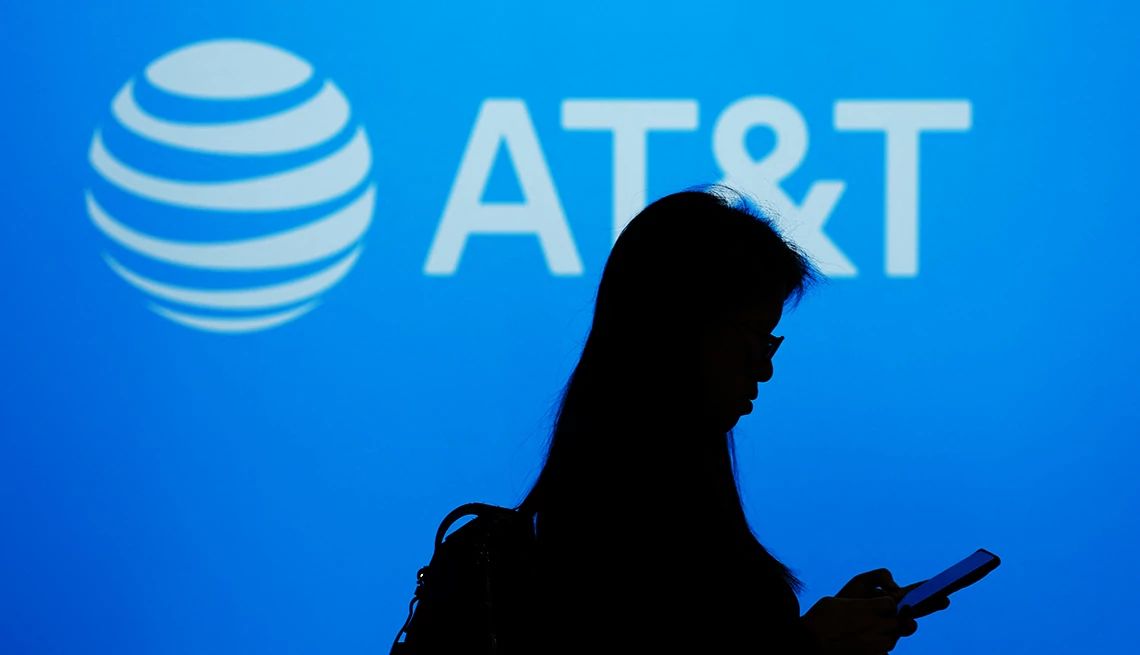
How to protect yourself from the latest at&t data breach
- Select a language for the TTS:
- UK English Female
- UK English Male
- US English Female
- US English Male
- Australian Female
- Australian Male
- Language selected: (auto detect) - EN
Play all audios:

A little less than a fifth, 19 percent, of AT&T’s subscribers are older than 60, according to a weekly survey from telecom analyst Roger Entner of Recon Analytics in Dedham,
Massachusetts. That compares to a little more than a fifth, 22 percent, of Verizon’s customers and about a sixth, 17 percent, of T-Mobile’s. AT&T hasn’t yet determined whether that
breach originated from AT&T itself or from an outside vendor. WHAT YOU CAN DO TO BE PROACTIVE As always, be cautious. Take action even if you think your data is safe, and practice
strong cybersecurity hygiene. Reset all your passwords and numerical passcodes regularly and avoid using the same or similar ones across multiple accounts. To update your AT&T passcode,
navigate to MYAT&T PROFILE and sign in. Scroll to MY LINKED ACCOUNTS | EDIT and follow the prompts. You should also set up two-factor authentication, also called multifactor
authentication. After entering your account credentials, you’ll separately receive a one-time code from a text, app or digital device you have with you. “There are three types of security:
What you know, what you are and what you have,” Entner says. “What you are is biometric, what you have is like the two-factor authentication, and what you know are passwords and all of these
things. And that’s the least reliable thing.” AT&T is encouraging customers to closely monitor their own account activity and credit reports. You can also set up free fraud alerts from
Equifax, Experian and TransUnion, request and review a free credit report at FreeCreditReport.com and freeze your credit reports. OTHER TELECOMMUNICATIONS COMPANIES HAVE HAD PROBLEMS Leaky
data is not new to telecom. These latest breaches bring to mind data on 37 million T-Mobile accounts that hackers stole in late 2022, at the time the company’s second major security leak in
less than 24 months. In August 2021, T-Mobile disclosed that hackers swiped personal data on more than 40 million U.S. customers, a figure later revised to around 77 million. Back then,
T-Mobile claimed no passwords, payment card information, Social Security numbers or other information was compromised. In recent years, other industries have experienced their own sizable
data breaches. Last year, more than 3,200 instances of compromised data affecting more than 353 million people, were publicly reported, according to the Identity Theft Resource Center. That
is a 78 percent increase from 2022. It's hardly surprising. Sensitive information is the rocket fuel that powers scammers. Armed with such data, bad guys can pretend to be you, or in
certain cases earn your trust because of what they know.
